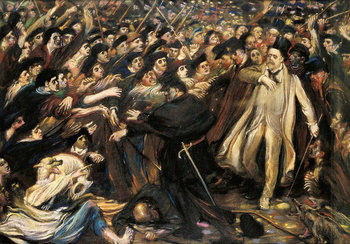
1. Line of Business
A manager with responsibility for revenue. This typically means a unit that is responsible for products and services. For example, a manager at a bank who is responsible for developing and launching new financial products.2. Operations
A manager who oversees the day-to-day processes of delivering value to the customer. For example, management of revenue generating IT infrastructure.3. Production
Production of products such as a manager at a factory who is responsible for production levels, quality and safety.4. Logistics
Management of logistics processes including procurement, packaging, inventory, transportation, warehousing and distribution.5. Service Delivery
Management that is responsible for delivering a revenue generating service such as a hotel manager or retail manager.6. Marketing
Management of revenue generating marketing functions such as generating leads. In many cases, marketing functions in areas such as branding are considered middle management.7. Sales
The management of sales teams.Line Manager vs Middle Manager
A line manager is directly involved in managing working level staff who produce the outputs of a business. A middle manager is any manager who reports to executive management. Middle management is a broad term. A middle manager might lead an entire business unit and have many line managers reporting to them. Alternatively, a middle manager might be responsible for a function that doesn't directly generate revenue in areas such as human resources, information technology, strategy, planning, measurement, risk management and compliance.Line Management vs Staff Management
A line manager is directly involved in the revenue generating outputs of a business. Staff management is the management of a cost center that produces no revenue in areas such as human resources, accounting and information technology for internal systems. This terminology is dated and was more common in the 1950s than now. The reason is that in an advanced economy functions such as information technology, marketing and customer service are now considered extremely strategic even if they don't directly generate revenue.| Overview: Line Management | ||
Type | ||
Definition | The management of the day-to-day outputs of an organization. | |
Related Concepts | ||





























